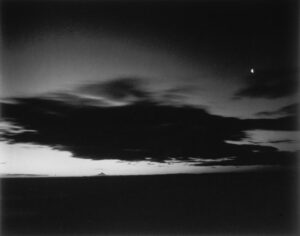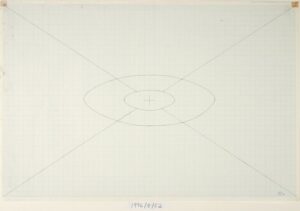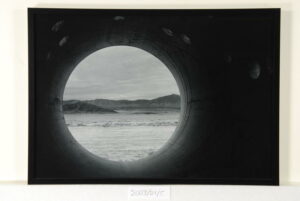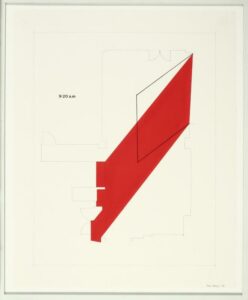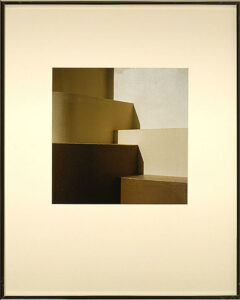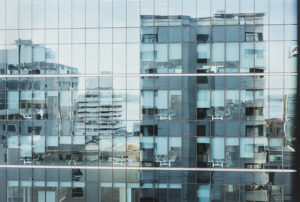April 2022: Taarati Taiaroa
Each month a member of our community is invited to browse our online collection and select six of their favourite artworks. Each My Choice selection, together with personal responses to the works, will be available to view on the Sarjeant Gallery website for one month at a time. The April 2022 My Choice has been selected by Taarati Taiaroa and is available to view until 30 April, 2022.
Taarati Taiaroa (Te Āti Awa, Ngāti Tūwharetoa, Ngāti Apa, Ngāti Kotimana) is an independent curator, researcher and artist based in Ōtepoti, Dunedin. She holds Masters degrees in both Fine Arts and Museums and Cultural Heritage. Her work over the past 10 years has focused on site-responsive sculpture, Māori art exhibition histories and the ethics of collaborative practice. Recent written contributions can be found in Crafting Aotearoa (2019), Art New Zealand (Summer 2021-22) and Toi Tū Toi Ora: Contemporary Māori Art (2022).
In 2021 with the support of Creative New Zealand, Taarati worked closely with Matt Pine to assist him to document and archive his practice before he passed. She is currently preparing the foundational research necessary to produce a significant exhibition and publication of his work in partnership with the Sarjeant Gallery Te Whare o Rehua Whanganui.
See Taarati’s selections on our Explore the Collection ‘My Choice Exhibition Series’ highlight here
(Photograph by Paul Chapman)




